Brief introduction and replacement of wiper blades
Wipers are very few common parts on vehicles regardless of brand or model. It is also one of the most commonly used equipment on the vehicle in addition to audio and lighting. However, few car owners have a good understanding of their car's wiper blades. The wiper manufacturer briefly explains the basic knowledge of wiper blades to you.
1. Design principle
The wiper blade is divided into two structures: a bone wiper and a boneless wiper. Bone wiper, that is, a traditional wiper with a metal bracket; a boneless wiper, that is, without a metal bracket, the so-called boneless wiper is relative to the traditional wiper with a bracket. In terms of design principle, the more fulcrums the wiper has, the more uniform the force of the wiper blade will be, the more docile it will be in contact with the glass, and the better the water removal effect will be. The boneless wiper does not have a bracket, and the entire wiper blade itself is used to pressurize it, which is equivalent to the force point of the entire wiper blade. Therefore, the boneless wiper is more effective than the traditional bracket with a bone wiper. At the same time, the metal bracket is removed, which reduces the impact of the wiper on the driving field of view when it is opened. In addition, theoretically speaking, since the metal bracket is removed from the boneless wiper, the weight is reduced, the load on the wiper motor is reduced, and it also plays an indirect role in protecting the motor and prolonging its service life.
Second, the replacement cycle
For the replacement of wiper blades, experts generally recommend that the replacement cycle be controlled between half a year and a year according to the difference in frequency of use. If properly protected, it can also extend the lifespan. The same rule applies to the rear window wipers of some hatchbacks and off-road vehicles. How to protect the wiper blade, firstly, do not let the wiper blade empty when the glass is dry in daily use; secondly, in the daily car wash, often support the wiper blade, and gently wipe the wiper blade with a damp cloth from top to bottom. Third, if the wiper blade is unevenly decontaminated, lightly sanding it up and down with very fine sandpaper can also prolong its life.
3. Specifications and dimensions
Regarding the size of wiper blades, domestic car owners have a rather vague concept. Since there is no detailed marking on the wiper blades, it is difficult for many car owners to figure out the size of the wiper blades when replacing them. The following is a brief introduction. The size of the wiper blade will vary in the calculation method of length due to the manufacturer's production location or export area. The currently used length measurement units are metric and imperial. Generally, the length of wiper blades commonly used in vehicles is 16 inches to 26 inches. Usually, the wiper in front of the driver's side is longer than that on the passenger side. Taking a general domestic car as an example, the driver side is usually 20 inches and the passenger side is 18 inches. Unit conversion, usually we can measure the centimeter length of the wiper blade with a standard length ruler, and multiply the measured centimeter value by 0.4, that is, to obtain the size corresponding to the outer packaging of the wiper blade.
Fourth, the replacement method
At present, the wiper interface is divided into two types: U-shaped and T-shaped. The installation methods are very simple. As long as the operation is done properly, it is easy to do it yourself.
1. Design principle
The wiper blade is divided into two structures: a bone wiper and a boneless wiper. Bone wiper, that is, a traditional wiper with a metal bracket; a boneless wiper, that is, without a metal bracket, the so-called boneless wiper is relative to the traditional wiper with a bracket. In terms of design principle, the more fulcrums the wiper has, the more uniform the force of the wiper blade will be, the more docile it will be in contact with the glass, and the better the water removal effect will be. The boneless wiper does not have a bracket, and the entire wiper blade itself is used to pressurize it, which is equivalent to the force point of the entire wiper blade. Therefore, the boneless wiper is more effective than the traditional bracket with a bone wiper. At the same time, the metal bracket is removed, which reduces the impact of the wiper on the driving field of view when it is opened. In addition, theoretically speaking, since the metal bracket is removed from the boneless wiper, the weight is reduced, the load on the wiper motor is reduced, and it also plays an indirect role in protecting the motor and prolonging its service life.
Second, the replacement cycle
For the replacement of wiper blades, experts generally recommend that the replacement cycle be controlled between half a year and a year according to the difference in frequency of use. If properly protected, it can also extend the lifespan. The same rule applies to the rear window wipers of some hatchbacks and off-road vehicles. How to protect the wiper blade, firstly, do not let the wiper blade empty when the glass is dry in daily use; secondly, in the daily car wash, often support the wiper blade, and gently wipe the wiper blade with a damp cloth from top to bottom. Third, if the wiper blade is unevenly decontaminated, lightly sanding it up and down with very fine sandpaper can also prolong its life.
3. Specifications and dimensions
Regarding the size of wiper blades, domestic car owners have a rather vague concept. Since there is no detailed marking on the wiper blades, it is difficult for many car owners to figure out the size of the wiper blades when replacing them. The following is a brief introduction. The size of the wiper blade will vary in the calculation method of length due to the manufacturer's production location or export area. The currently used length measurement units are metric and imperial. Generally, the length of wiper blades commonly used in vehicles is 16 inches to 26 inches. Usually, the wiper in front of the driver's side is longer than that on the passenger side. Taking a general domestic car as an example, the driver side is usually 20 inches and the passenger side is 18 inches. Unit conversion, usually we can measure the centimeter length of the wiper blade with a standard length ruler, and multiply the measured centimeter value by 0.4, that is, to obtain the size corresponding to the outer packaging of the wiper blade.
Fourth, the replacement method
At present, the wiper interface is divided into two types: U-shaped and T-shaped. The installation methods are very simple. As long as the operation is done properly, it is easy to do it yourself.
Related products
-
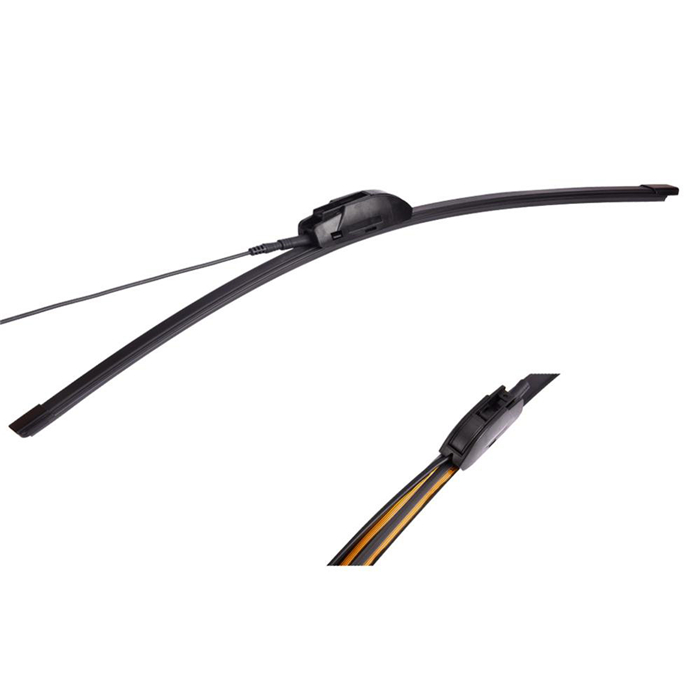
Ice Beater Heated Wiper Blade for Winter Condition
JJ-605
-
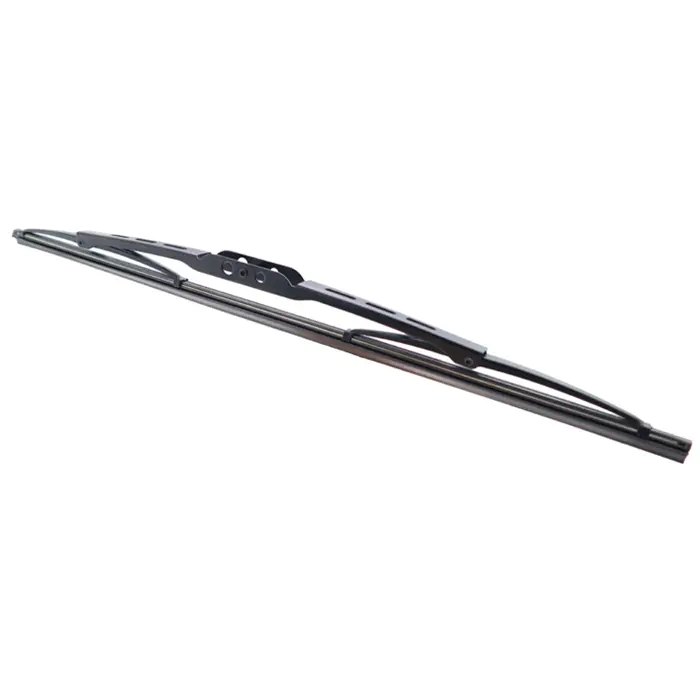
JJ Traditional Frame Windshield Wiper Blade bracket wiper blades
JJ-405W
-
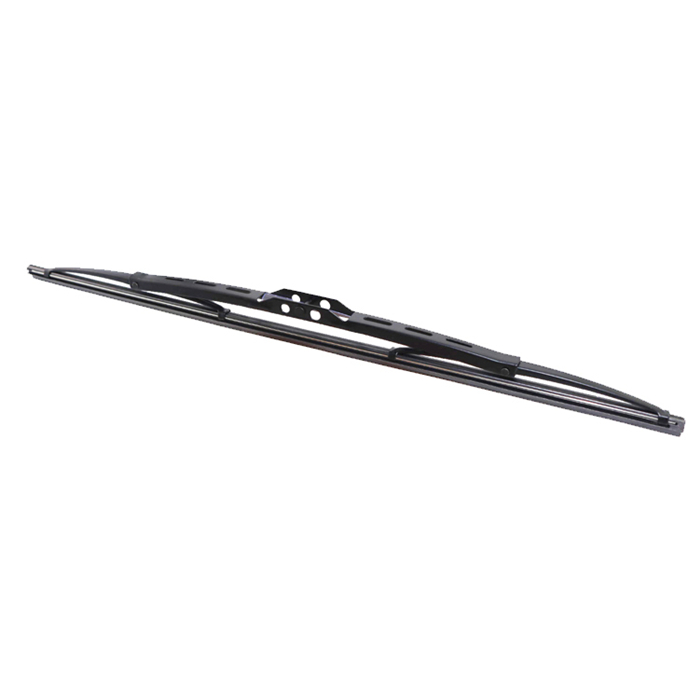
JJ tradition wiper blade, economical wiper blade, replacement wiper blade
JJ-205W
-
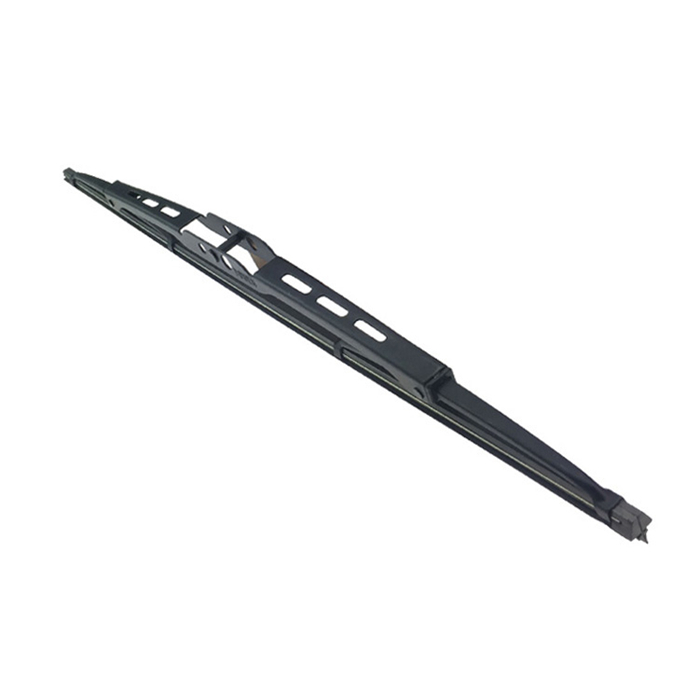
JINJIAN Conventional Frame Windshield Wiper Blade Rain Window Wipers U Hook Wiper Blade
JJ-405K
-
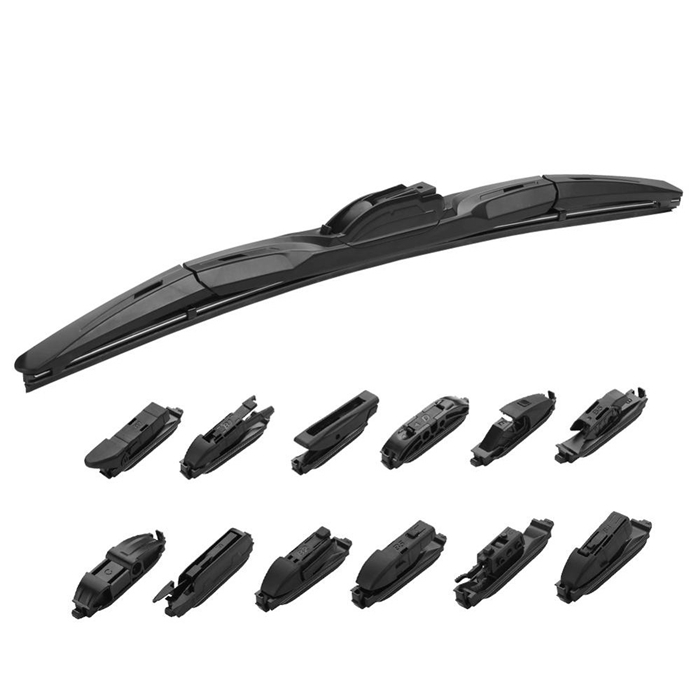
Factory Wholesale Multifunctional wiper blade, windscreen wiper blade manufacturer
JJ-603
-
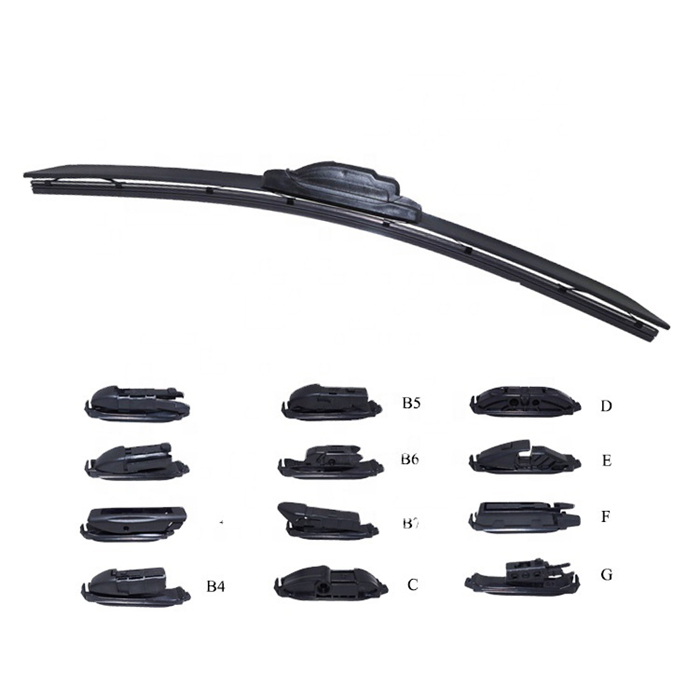
All Weather Performance Windshield Wiper Blade, auto glass wiper blade, auto screen wiper
JJ-608
-
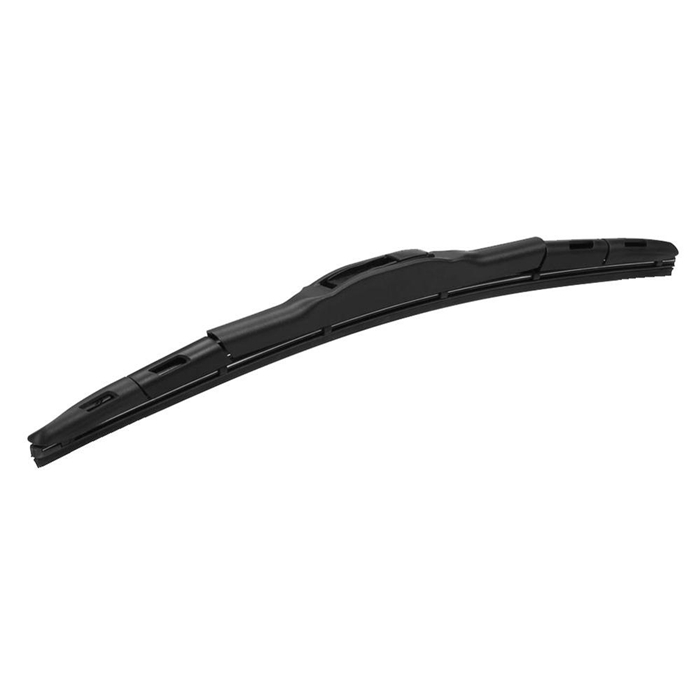
New product premium wiper blade windshield wiper blade for U hook wiper arms
JJ-601
-
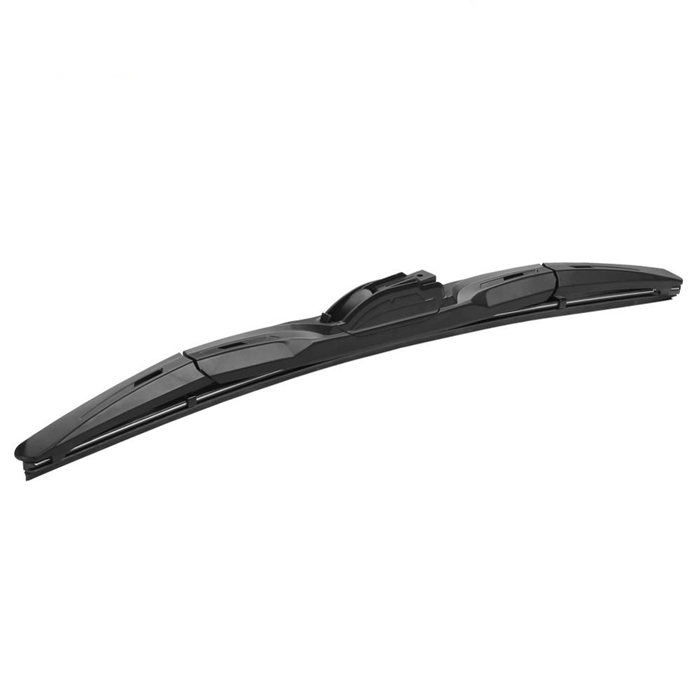
JJ Fit many Cars New design hybrid car wiper blade
JJ-603
-
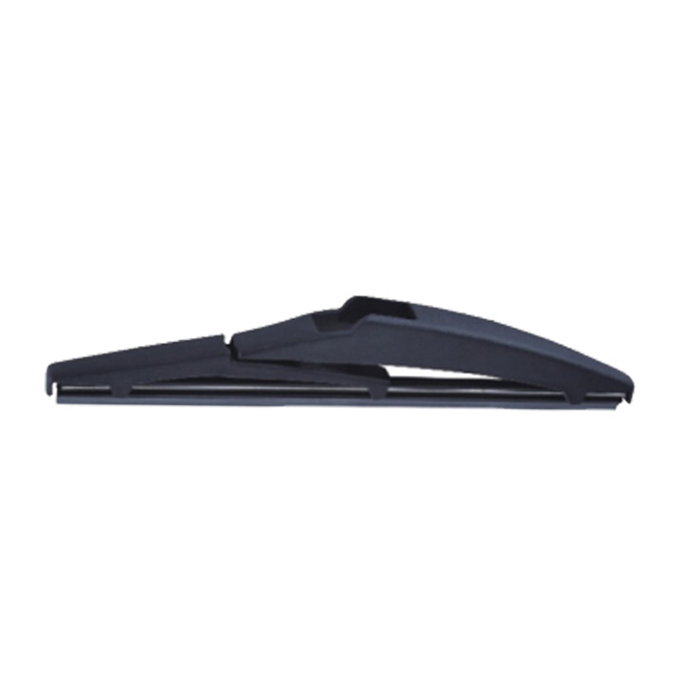
Car accessories Rear wiper blade for TOYOTA Prius urban cruiser, Lexus CT200h
FIATPunto
-
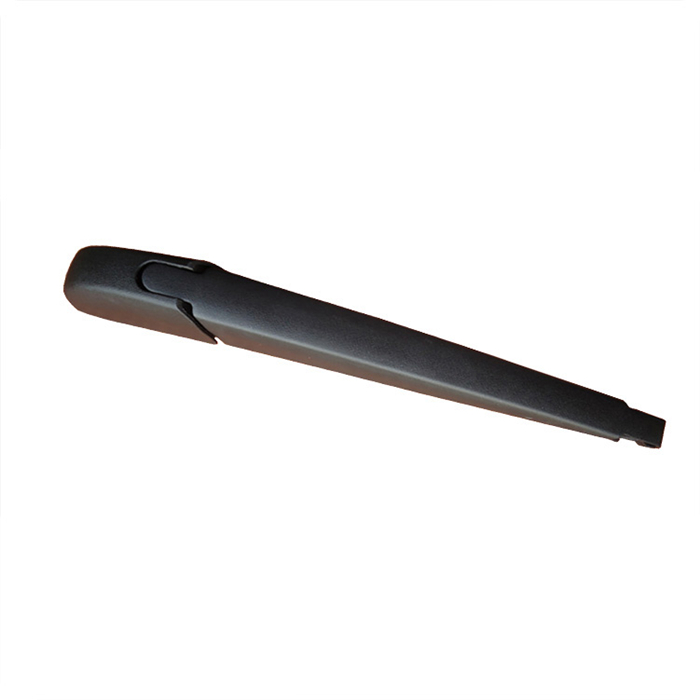
Rear Wiper Arm For Toyota
JJ-B-12A
-
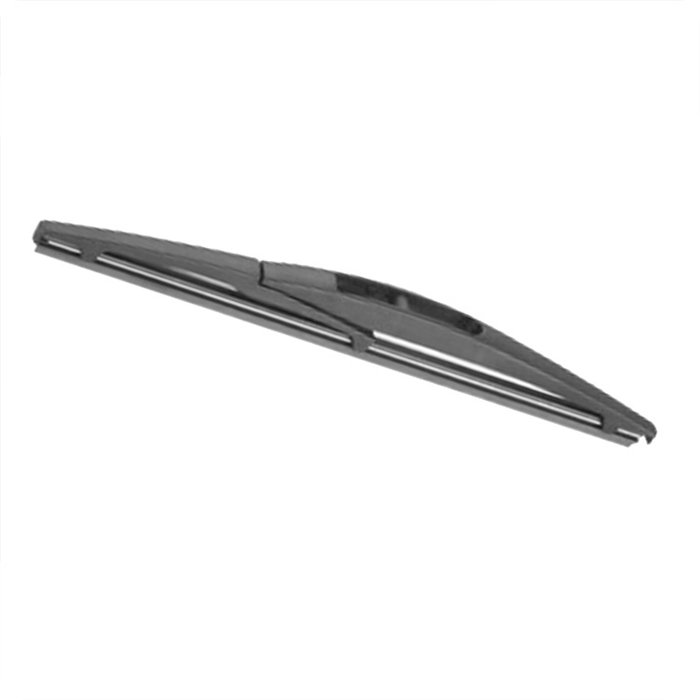
JJ Factory Wholesale For SUZUKI Swift Clean Wiper
JJ-12B
-
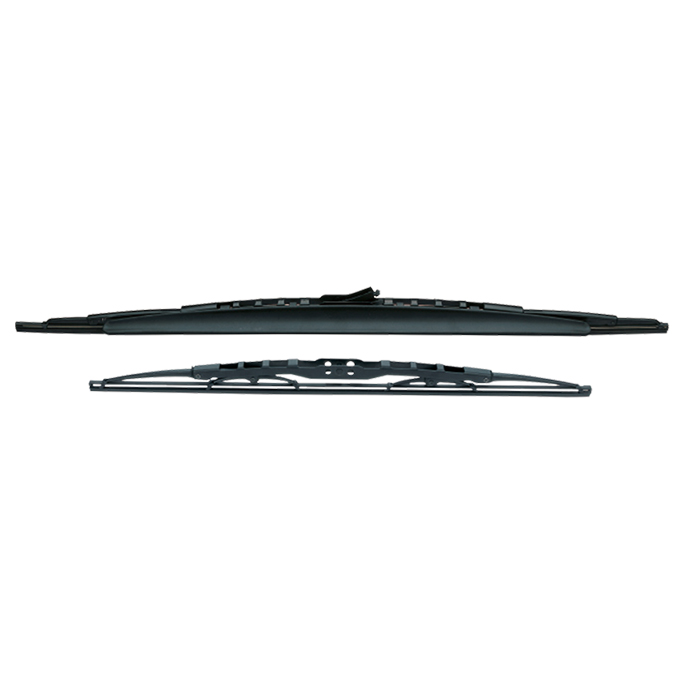
JJ wiper blade with nozzle and hose For Peugeot 206
JJ-810


